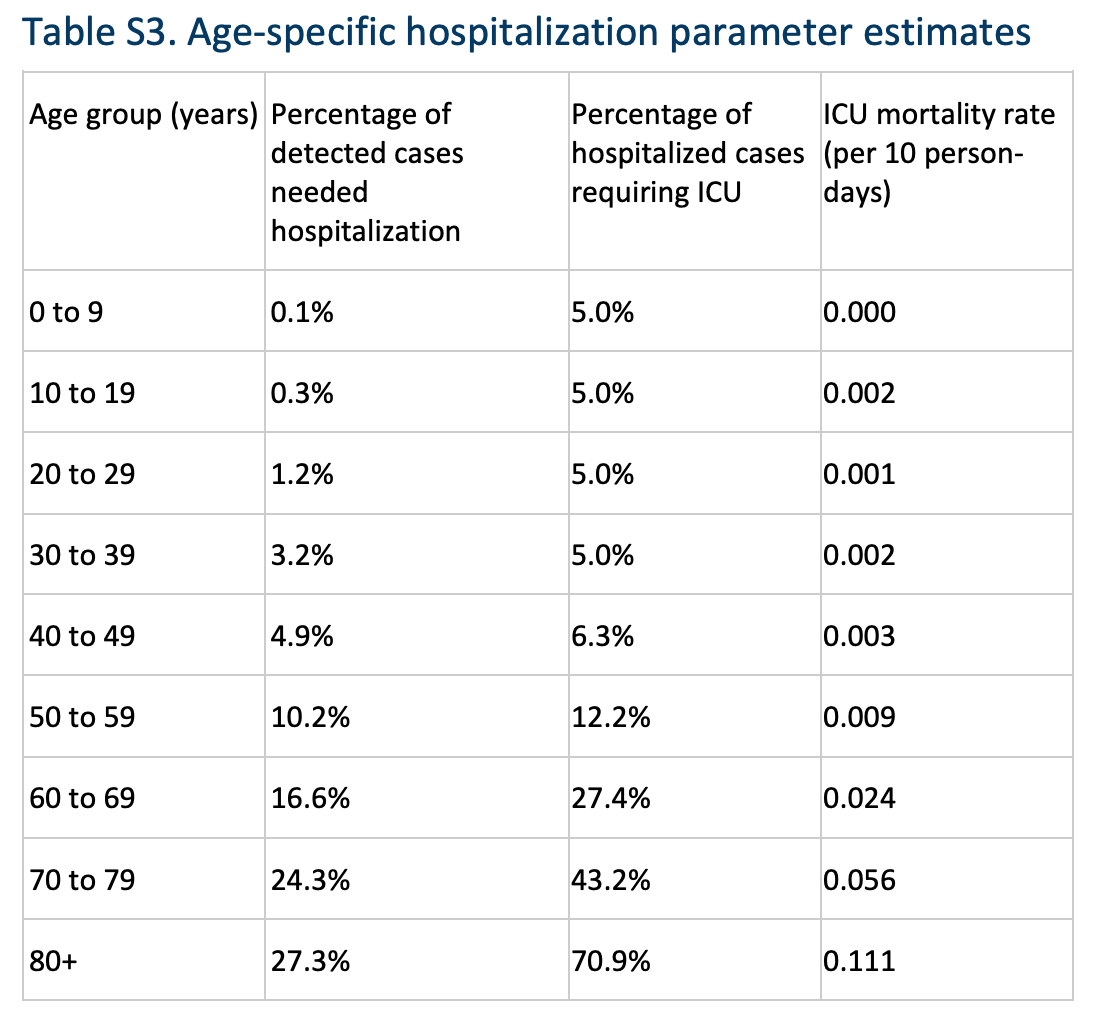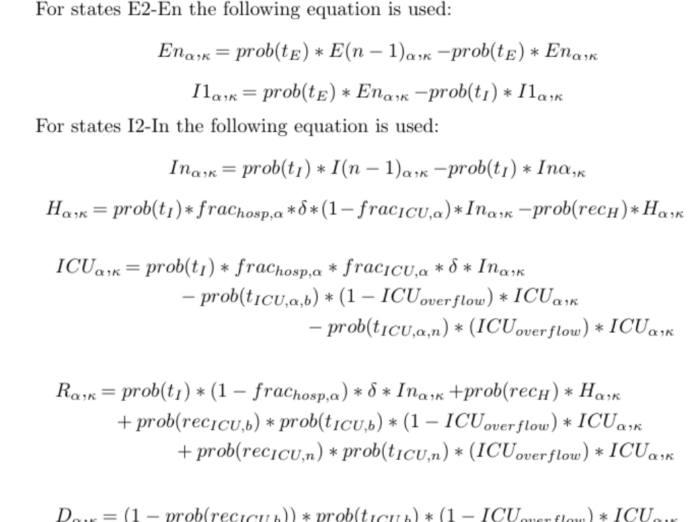Minnesota finally unveiled the mathematical model Governor Tim Walz has used to justify a shutdown of public life and the economy— and it does little to explain how the state actually makes decisions.
For months, the state has cited its model as the reason public life and the economy must be taken to a grinding halt. Over the last week, a cacophony of Republican voices sounded off, demanding that the state reveal the metrics its been using. However, those advocates of clarity are unlikely to be satisfied with the incomprehensible and likely inaccurate model they’ve received.
The model itself was released in a 16 page PDF document alongside other materials. The document notes that the model was calibrated using data from China, admitting that this may weaken the accuracy of its predictions because China lied when reporting its COVID-19 statistics, according to a report given to the White House. The document also admits that the model faces limitations when accounting for differences in healthcare quality between the US and other nations.
Because of these and other issues, the model is unable to discern if the number of coronavirus related deaths in Minnesota will be less than five digits, or if over 35,000 people will perish. The model’s official prediction is a number between 9,000 and 36,000 according to the Pioneer Press.
It’s also nearly impossible for the average citizen to make their own judgements about the accuracy of the model because it is so complicated and is given little explanation by the state or its creators at the University of Minnesota.

What the average citizen can do, however, is note which aspects of the model have been used to justify various actions Walz has taken. For example, the equation that was used to determine that Minnesota will have a shortage of ICU beds is clearly labeled in the document.

This equation was used to justify the governor’s executive order that hospitals should cancel all non life saving procedures to, among other things, focus on a pending ICU overflow. This has cost Mayo Clinic the majority of its business, leading the world famous hospital to issue $1.4 billion in pay cuts, according to the Post Bulletin.
Meanwhile, the state’s ICUs have not yet reached capacity.
Another easy to understand portion of the document is a chart that predicts only a small portion (<5%) of non-elderly people who contract COVID-19 will require hospitalization. That same table predicts that less than one one hundredth of one percent (<.01%) of populations under the age of 60 will die of the virus.


















